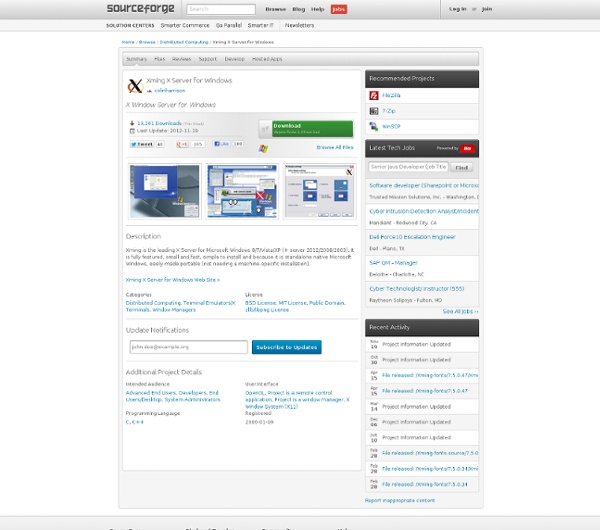



XCoLinux - coLinux At the moment, you can't directly run an X server (using the display hardware) on a Cooperative Linux machine. The way so far is bringing the screen output to the windows host through the network and let windows display it somehow. So you'll need a running network before being able to continue here. There are currently two ways of working with X-Windows under coLinux : Native Windows X server: run a X server directly under windows and let the graphical applications use the X network protocol== VNC server on coLinux: Run the X VNC server under coLinux and bring the screen output to windows using a Windows VNC client== Which method to choose will depend. Use a X Window server on the Host System Edit We'll be discussing Cygwin/X here. Also, you will be able to use non-US keyboard now since your X Window server is a Windows application. Single-Window Mode Vs Multiple Window Mode To view a complete graphical desktop on windows, you can start an XServer in single window mode. A Screenshot 4): Type: or
Cygwin/X ExpandingRoot - coLinux Copy all files into new image This way seems more complicated, but it is faster and safer. A backup is inclusive by doing it this way. You will need the same free disk space as compared to a backup, increase filesize, and resize the new image. Resizing an existing image This method is extremely dangerous and can damage an existing image. Adding new mount point This does not make the root filesystem bigger, but it adds more space at a mount point in the filesystem and gives the root filesystem some free space. The differences between the methods are: some need the complete Cygwin shell, others use only a subset of commands (e.g. fs2resize.exe) and others use only Windows tools and do the rest in Linux. If you made a backup of your current running system you won't need to do it again. 1) From windows, create a blank file 5*1024*1024*1024 bytes long. 1 GB = 1073741824 2 GB = 2147483648 4 GB = 4294967296 5 GB = 5368709120 8 GB = 8589934592 x GB = x*1024^3 open a command prompt and run Edit Using dd
Cooperative Linux | Download Cooperative Linux software for free Cooperative Linux